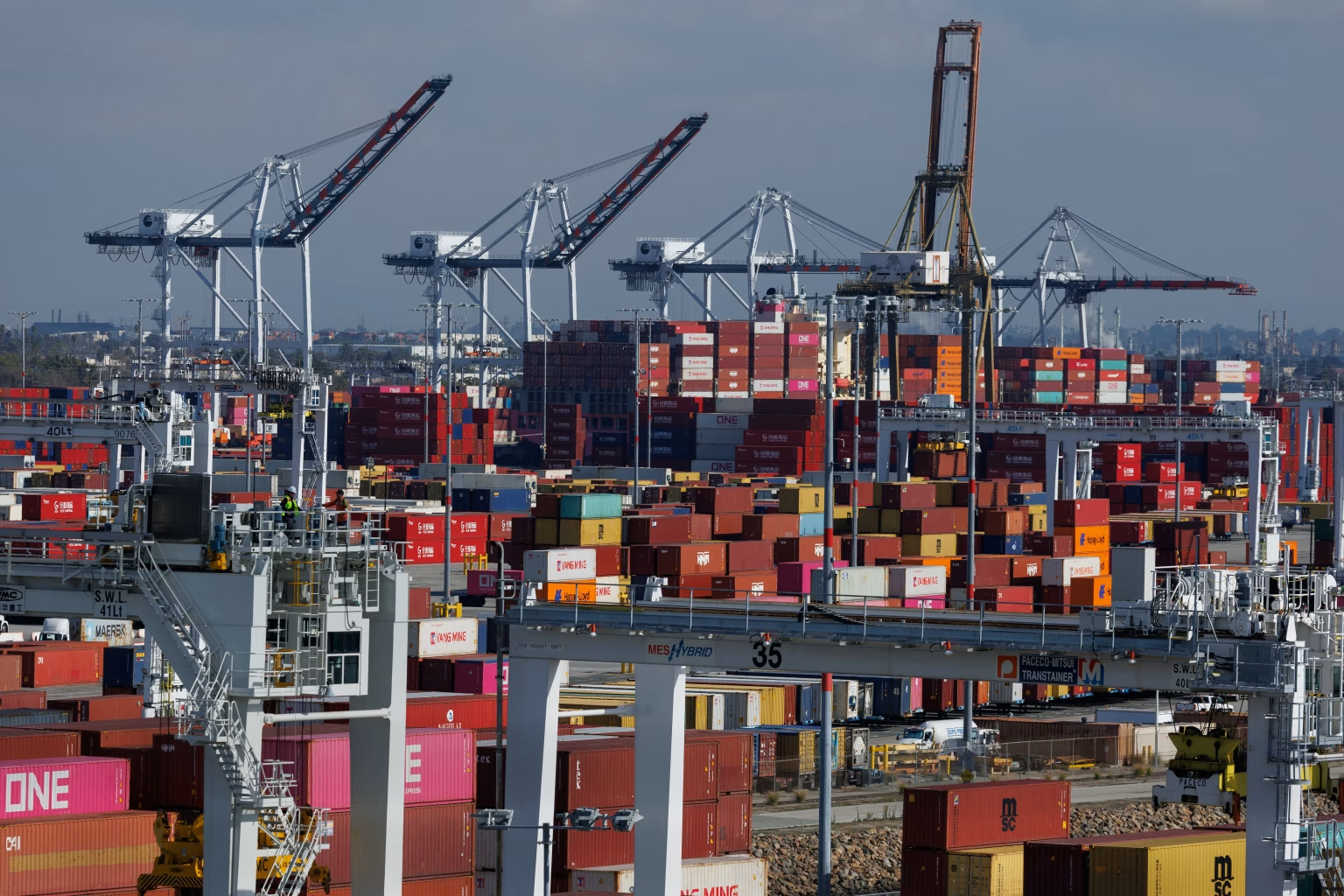By Agboola Aluko
April 10, 2025 | 3-Minute Read
C hina has ramped up its trade dispute with the United States by filing a formal complaint with the World Trade Organization (WTO) on Wednesday, April 9, 2025, over the latest U.S. tariffs, which Beijing condemns as “unilateral bullying” under President Donald Trump. This marks a significant escalation in the ongoing trade war between the world’s two largest economies, with global economic stability increasingly at risk.
The newly imposed U.S. tariffs, effective from April 9, 2025, impose a staggering 104% duty on a range of Chinese goods, including electronics, machinery, and consumer products. This steep increase builds on previous rounds of tariffs and aligns with Trump’s broader strategy to pressure China into renegotiating trade terms. In response, China has raised its tariffs on U.S. imports, including agricultural goods, energy products, and automobiles, from 34% to 84%, further exacerbating the tit-for-tat economic standoff.
China’s Ministry of Commerce has fiercely condemned the U.S. actions, calling them “a grave mistake” and accusing the Trump administration of undermining global trade norms. A spokesperson for the ministry stated, “These actions expose the unilateral bullying nature of the United States.” China’s filing with the WTO signals its intent to challenge the legality of the tariffs under international trade rules and to “firmly protect its legitimate rights and interests” while defending the multilateral trading system.
The Chinese government has also called on the global community to oppose what it terms Trump’s aggressive trade policies. The spokesperson vowed, “We will fight it to the end,” framing the tariffs not just as a threat to China, but to the broader global economic order. Many countries, including members of the European Union and Canada, have echoed concerns at the WTO, arguing that the U.S. tariffs violate WTO rules by disproportionately targeting specific nations without valid justification.
In defense, President Trump has justified the tariffs as necessary to address China’s alleged unfair trade practices, such as intellectual property theft, forced technology transfers, and market distortions caused by state subsidies. At a rally on April 8, 2025, Trump declared, “China’s been ripping us off for years, and I’m putting an end to it. They’ll come to the table—or they’ll pay the price.” His administration has also warned that further tariff hikes may follow if China does not agree to structural economic reforms.
However, the WTO’s ability to resolve this dispute remains uncertain. Since 2019, the Appellate Body, a crucial component of the WTO’s dispute resolution system, has been paralyzed due to the U.S. blocking the appointment of new judges—a tactic started during Trump’s first term and continued under later administrations. With only one judge currently seated, the Appellate Body is unable to issue binding rulings, which could lead to a deadlock in disputes like this one. Experts worry that this may prompt both countries to escalate retaliatory measures outside the WTO framework.
The economic consequences of the trade war are already being felt. In 2024, China’s exports to the U.S. totaled $543 billion, a figure now under significant pressure. U.S. farmers and manufacturers reliant on Chinese supply chains are also bracing for increased costs. The International Monetary Fund (IMF) warned last week that the trade war could reduce global GDP by 0.8% by 2026 if unresolved. Meanwhile, the Chinese yuan dropped to 7.31 against the dollar on April 9, 2025—the weakest it has been since November 2023—reflecting market uncertainty surrounding the dispute.
As the WTO process unfolds, experts predict a protracted battle. China’s complaint begins a 60-day consultation period, after which it can request a panel to rule on the tariffs’ legality—a process that could take months, assuming the WTO system functions. For now, both nations remain entrenched in their positions, with Trump doubling down on his “America First” agenda and China rallying support against what it calls “U.S. economic hegemony.”






0 Comments